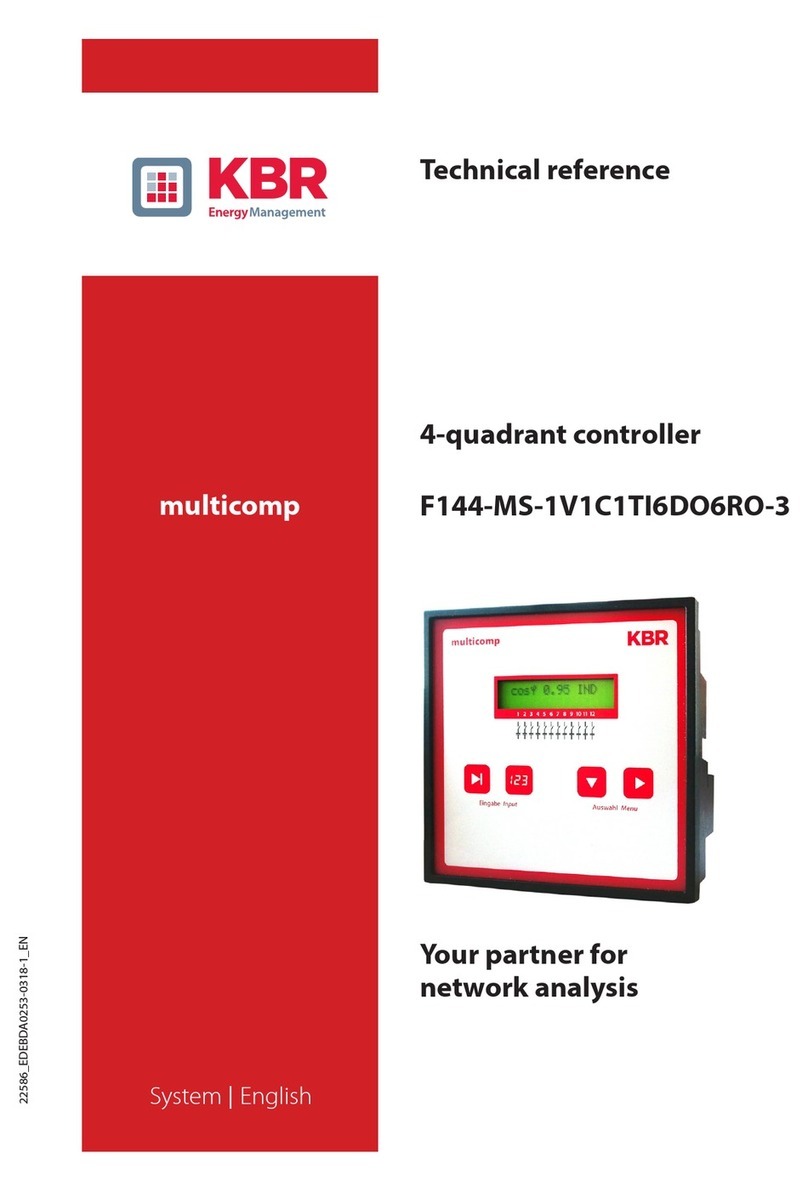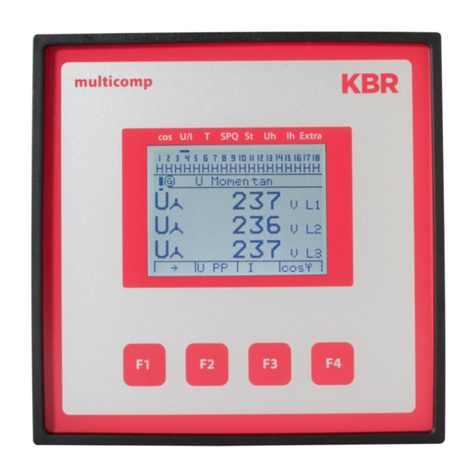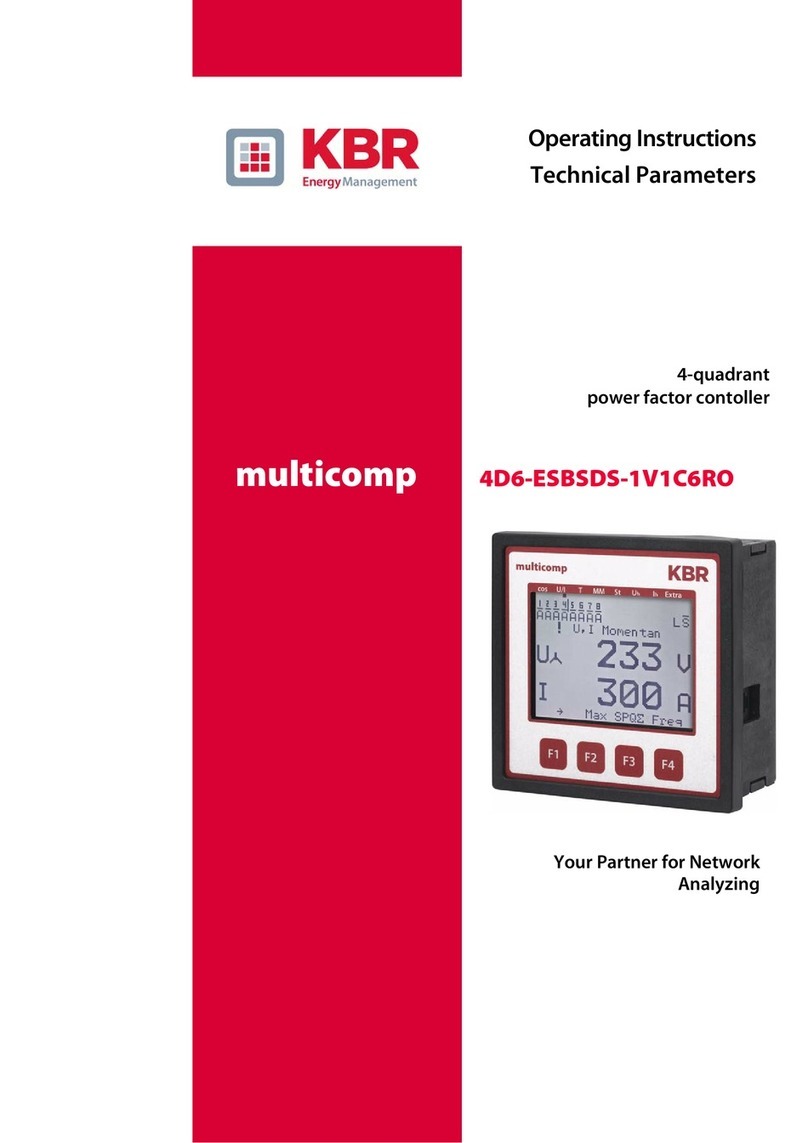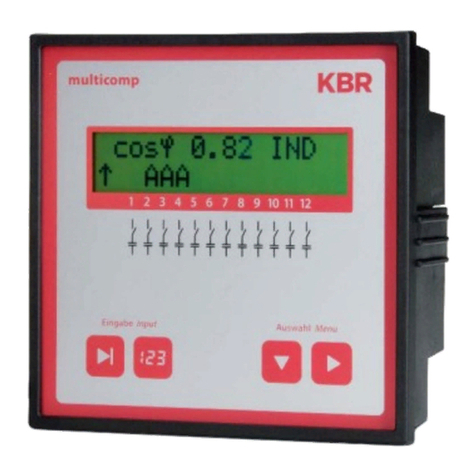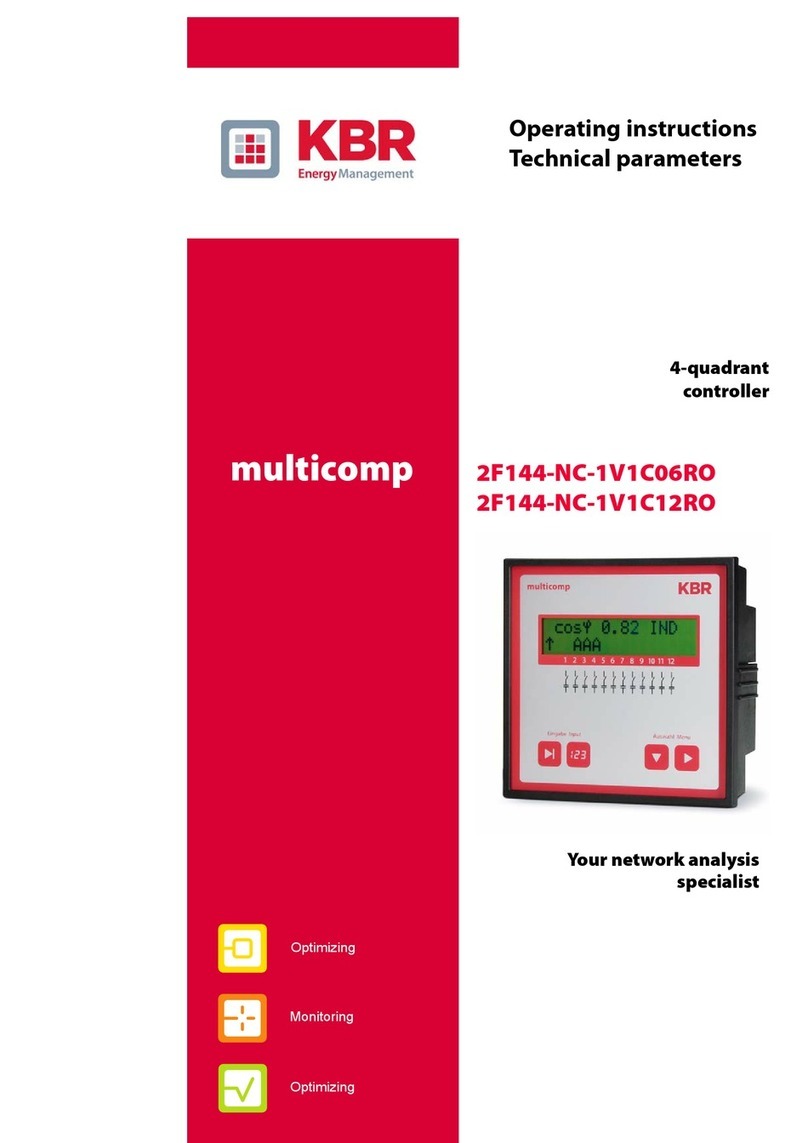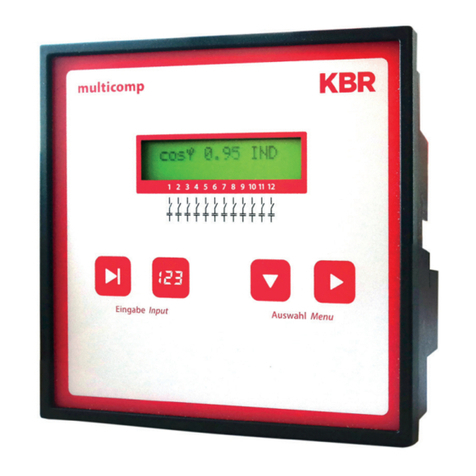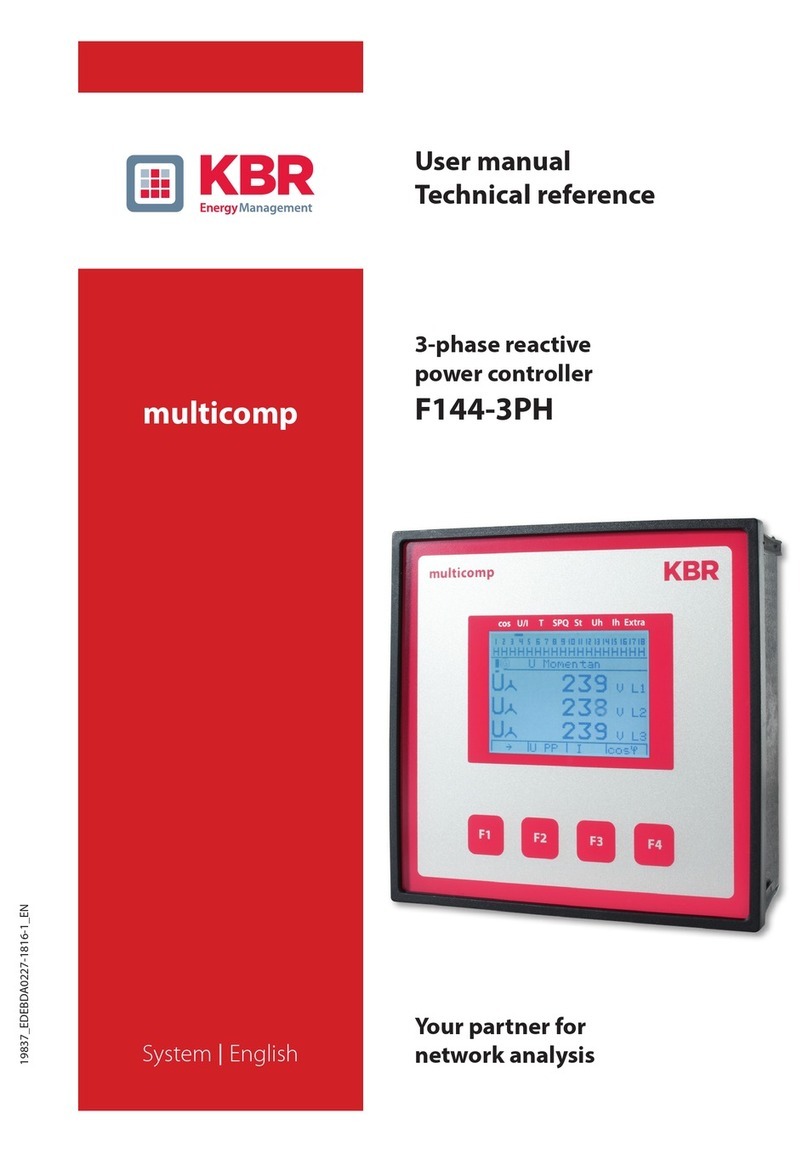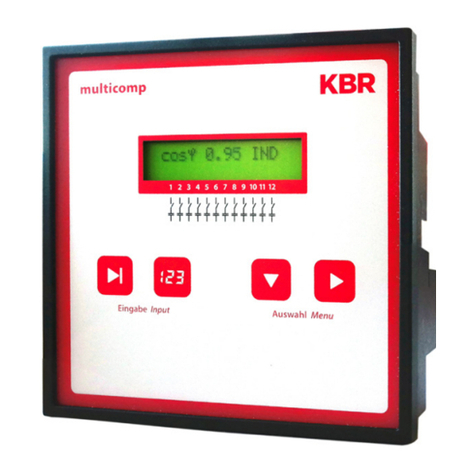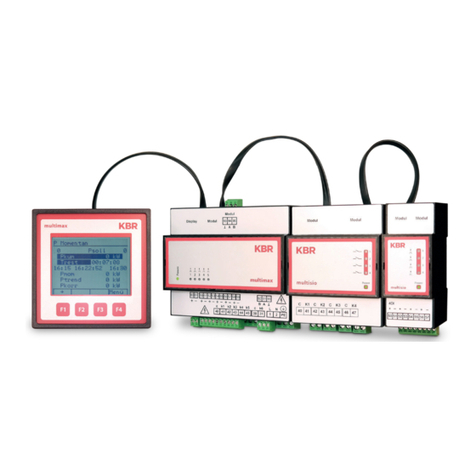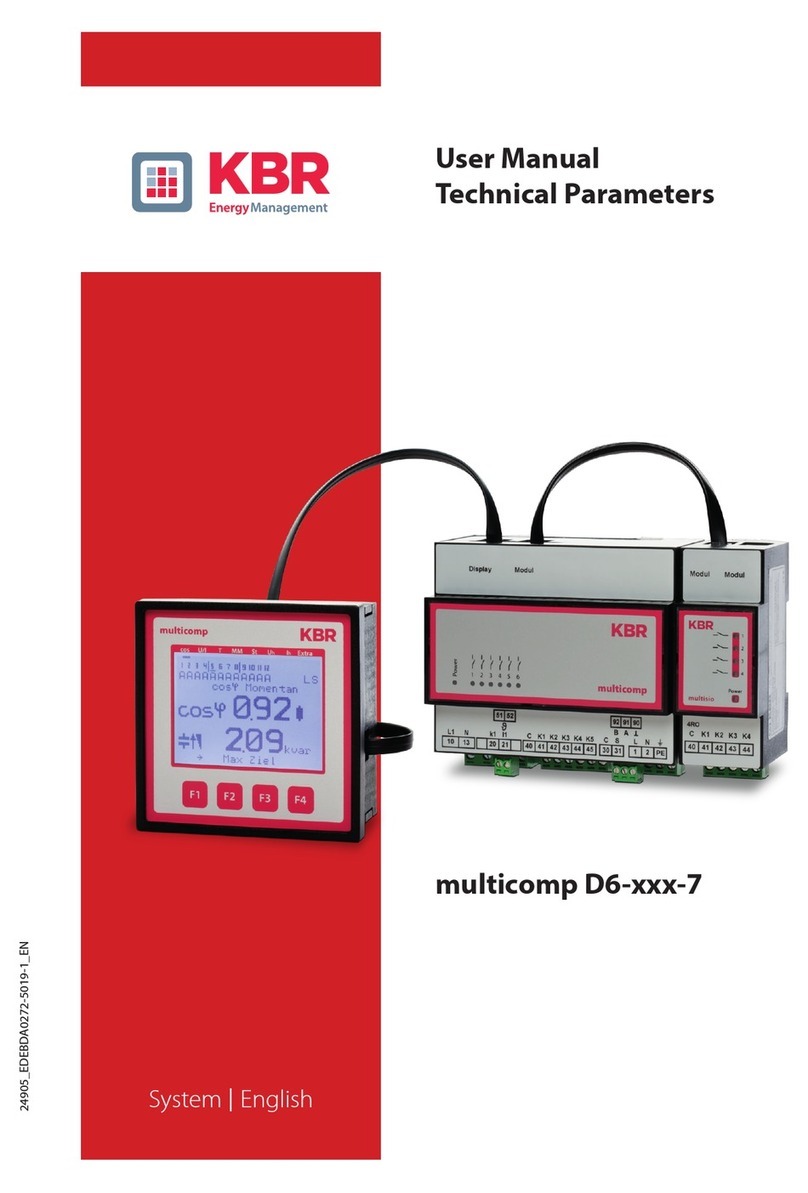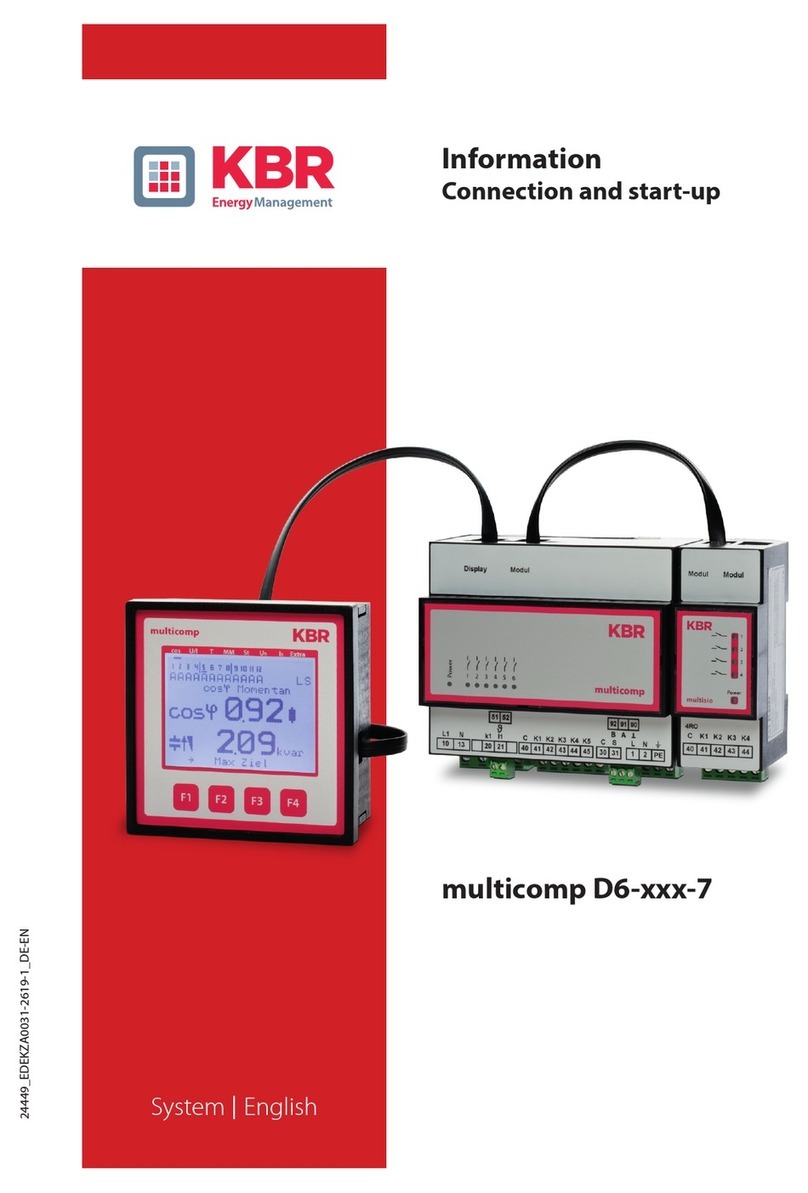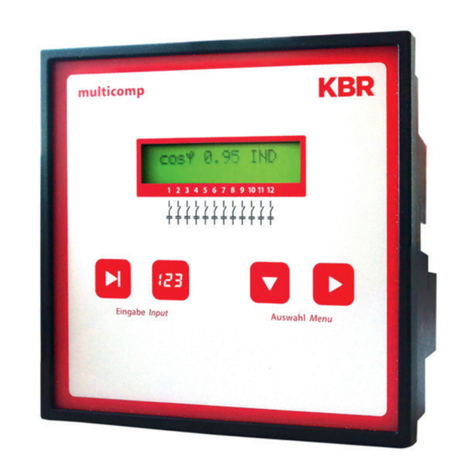
V2.01
25360_EDEBDA0280-2320-1_EN
3
6 Commissioning the System.....................................................................................................20
6.1 General notes on commissioning..........................................................................................20
7 Navigation and Device Displays.............................................................................................22
8 Device displays of the main menus ......................................................................................24
9 Description of the individual display windows ................................................................26
9.1. Initialization window:.................................................................................................................26
9.2 Commissioning window if no stage power is programmed........................................26
9.3 Start menu window....................................................................................................................29
9.4 Stage state window:...................................................................................................................31
9.5 Service window:...........................................................................................................................32
9.6 Commissioning window:..........................................................................................................33
9.7 Switching performance window: ..........................................................................................35
10 Notes on Troubleshooting........................................................................................................42
11 System and Safety
Device Maintenance...................................................................................................................43
12 Technical Data...............................................................................................................................44
12.1 Measuring and display values.................................................................................................44
12.2 Measuring accuracy....................................................................................................................45
12.3 Measuring principle....................................................................................................................45
12.4 Device memory............................................................................................................................45
12.5 Limits:...............................................................................................................................................45
12.6 Power supply.................................................................................................................................45
12.7 Hardware inputs and outputs.................................................................................................46
12.7.1 Hardware inputs...........................................................................................................................46
12.7.2 Hardware outputs ......................................................................................................................46
12.8 Electrical connection..................................................................................................................47
12 Selection of cables and fuses ..................................................................................................49
14 Data point description for the Modbus protocol.............................................................50
14.1 Modbus commands supported..............................................................................................51
14.2 Data formats..................................................................................................................................51
14.3 Interface parameters..................................................................................................................54
14.4 Device settings.............................................................................................................................54
14.5 Data points.....................................................................................................................................60
15 Device information .....................................................................................................................63
Table of contents
